How to grow phlox from seeds?
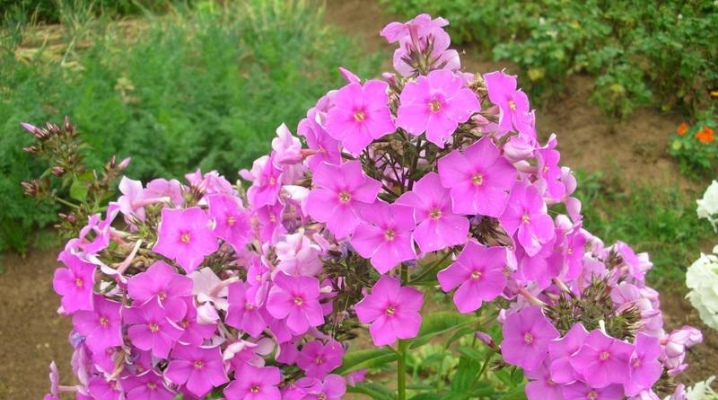
Phlox is actively used today in the design of many summer cottages. These plants are incredibly easy to care for, thrive on any soil and have lush and fragrant buds in a variety of colors. In this article, you will learn how to grow phlox from seeds at home.

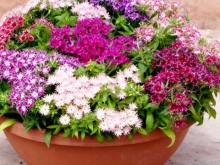

Collection and preparation of seeds
To start growing phlox, you first need to prepare planting material or seeds. You can buy quality phlox seeds at any flower shop or collect them yourself from the plant.
The planting material, which was collected with his own hand, has its drawbacks. For example, when collecting seeds from hybrid bushes, the likelihood of losing the uniqueness of a particular variety is high. At the same time, in stores, you can pick up not only certain varieties of phlox, but also bags with mixed seeds of different varieties - this will allow you to create flower beds of different colors.
Determining the readiness of phlox seeds for harvesting is quite simple. - you need to assess the condition of the flower box.
If it is open or slightly open, consider that the time for collecting seeds has come and you can begin to prepare the planting material for planting.

Such a procedure as collecting seeds should not be delayed, otherwise they may simply fall off and rot on the ground. If you doubt the degree of readiness of the flower box, then pay attention to the color of the seeds itself - mature options are distinguished by a brown-green tint. If the seeds need to mature a little more, cut the capsule and place it in an envelope until it shows signs of maturity.
This method of collecting seeds is used when growing both annual and perennial phlox. It is best to choose the flower boxes of the most beautiful, lush and healthy plants for collecting seeds.
To prepare the seeds of such plants for the planting procedure in a container, three days before planting, they should be placed in a small container with water at room temperature.
This will significantly increase the percentage of seed germination.

Planting seedlings
After you have collected the planting material in the fall, you need to stratify the seeds to make sure they will germinate. The very planting of seeds in the container takes place in the first days of spring.
Phloxes are not particularly picky flowers when it comes to the soil for growing them. any neutral soils with a low level of acidity are suitable for them - a huge selection of such soil is presented in flower shops. Even in an alkaline environment, phlox can feel comfortable with proper care.
If you have at your disposal a soil with a high level of acidity, it is advised to add a little lime to its composition. - this will align the pH values. If the soil is rather heavy and dense, it is advised to dilute it with a little sand. If, on the contrary, there is too much sand in it, you should mix it with peat.
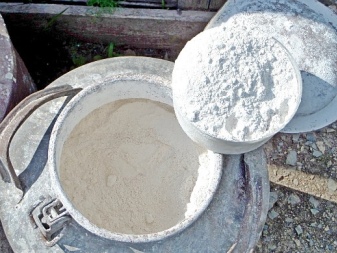
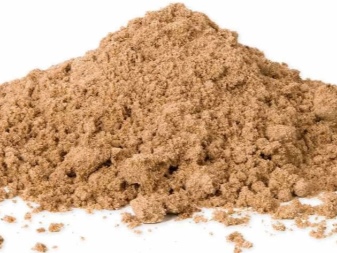
In the case when the gardener uses depleted and poorly nutritious soil for planting, the soil is fertilized not only with peat, but also with compost or manure. The best soil option for growing seedlings from phlox seeds is a mixture of turf, leafy soil, sand and peat (in a ratio of 2/2/2/1).
Before planting seeds in the ground, it should be disinfected - usually this procedure is carried out with soil that was taken from the street. If you bought soil from a store, it is not necessary to disinfect it - this will only destroy all the nutrients. The disinfection process includes calcining the soil in an oven at a temperature of at least 200 degrees Celsius. Alternatively, you can put the soil in the freezer for a day.
Phlox of all varieties can be grown in containers of absolutely any material, but usually these are standard plastic or wooden containers with a shallow depth.


After choosing the soil and container, start sowing the seeds themselves.
- Before sowing, make sure that there is a small drainage layer in the container to remove moisture.
- Experienced gardeners advise against deeply deepening phlox seeds when planting in containers. The planting material is randomly scattered over the soil surface and in some places is slightly pressed by the palm of your hand.
- After that, you should water the seeds abundantly and put them in a warm place with good access to light. A window sill on the sunny side of the building is best suited for this. To create conditions for wintering, the plants are covered with a plastic bag or glass - this will also avoid the sun's rays on the seedlings.
- To make the seeds feel as comfortable as possible, you should ensure a constant room temperature of at least 23 degrees. If the plant does not have enough light or you have placed it in a shaded place, provide lighting using special phytolamps.
- The subsequent process of caring for the seeds consists in daily ventilation of the container, abundant watering with a sprayer, and also in the removal of accumulated moisture on the inner surface of the glass.
- If you want to achieve the maximum growth rate of the seeds, you should provide a high level of humidity in the room, and after they hatch, reduce the number of waterings to avoid rotting of their roots.
- So that the seedlings can survive the planting in open ground without hindrance, gradually reduce the temperature in the room from +23 to +15 degrees Celsius.
- The film or glass cover is completely removed as soon as you notice that the roots of the seeds have sunk into the soil. As a rule, the first shoots appear in about one and a half to two weeks.
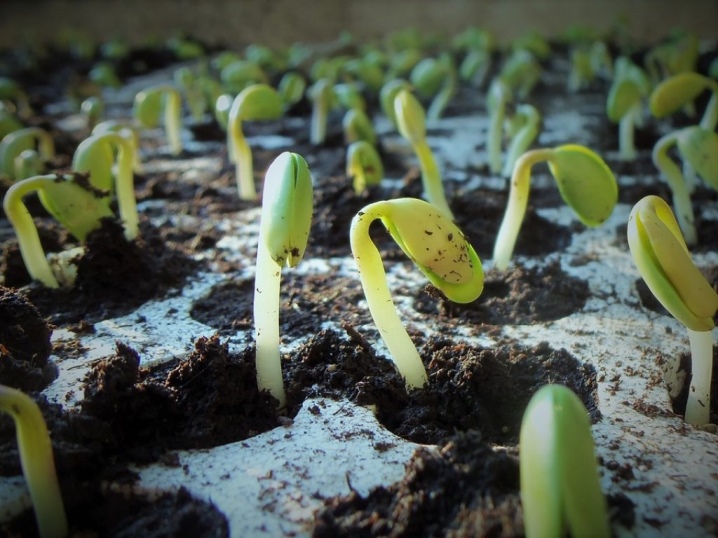
After you notice that phlox sprouts have 2 or 3 full-fledged healthy leaves, a pick should be made. Deep plastic containers or cups are best suited for this, in the bottom of which you need to make several holes in advance to drain moisture.
- To make the picking process painless for plants, the soil in the cups is treated with a growth stimulator in advance, and the sprouts themselves are watered abundantly. If the soil is moist, the roots of the sprouts will not be damaged during transplantation.
- In 1 cup, from one to two sprouts of phlox can be planted. Plants should be deepened to the level of the cotyledon leaves. After that, another watering should be carried out, however, do not allow moisture to accumulate at the roots and stem of the shoots.
- After picking, pots with sprouts should be placed in a warm and dark place in a house or apartment, and placed under natural light only in the evening, a couple of hours before sunset. This will allow the plants to get used to temporal rhythms and sunlight.
- Watering after picking should be carried out only when the near-stem circle near the plant sprouts becomes dry - phloxes do not like excess moisture.
- Before planting plants in open ground, they should be fed at least 1-2 times, however, the very first feeding is recommended not earlier than a week after the picking procedure.
- After more than 5 full-fledged leaves appear on your sprouts, it will be useful to pinch - this will allow the plant to grow to the side and slow up growth.


Above, the method of preparing seedlings of annual phlox was described; it is practically no different from growing bushes of the same perennial plants. Their seeds are not pressed down to the ground, but go deep into it to a depth of no more than 0.5-1 cm. In any case, the picking of seedlings occurs 15-20 days after planting the seeds.
Until the plants develop roots, they should be protected from direct sunlight.
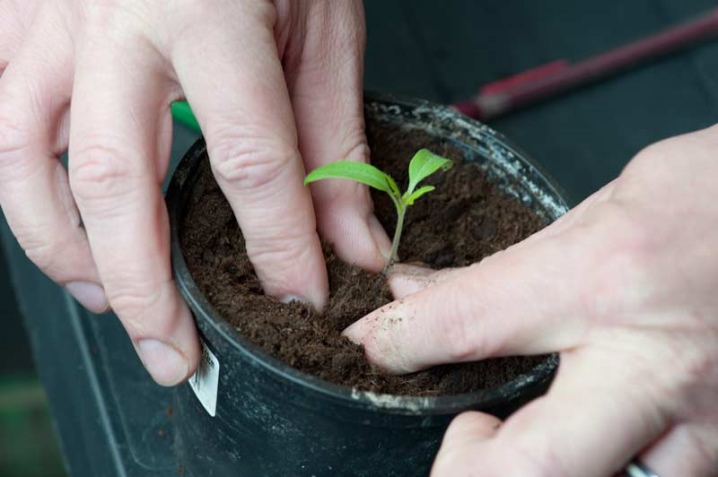
Landing in open ground
Seedlings of perennial and annual phlox are planted in May. During the disembarkation procedure itself, adhere to the following recommendations.
- The depth of the plant holes should not exceed 10 cm.
- The sprouts must be planted with a lump of soil from the container.
- If the plant is an annual, keep a distance of at least 15 cm between the shoots. If you have a perennial at your disposal, you should leave at least half a meter between the planted bushes.
- It is best to choose shaded areas as a landing site for phloxes, where direct sunlight will enter only in the morning and evening. You should not plant them in full shade, otherwise it will affect the number of inflorescences and the brightness of flowers. If you plant this plant in the open sun, its stems will very quickly lose color and may even dry out. Some gardeners advise planting phlox near garden trees or large shrubs, but only if they have a deep root system rather than a shallow root system. In addition, when choosing a location for these plants, you should not choose low areas where moisture constantly accumulates during rain.
- When planting, it is imperative to organize a high-quality drainage layer so that moisture does not stagnate in the roots of the plant.
- Much depends on the type of soil in the permanent place for planting phlox. It should be fertile, not heavy and breathable well. In addition, the soil should be fertilized regularly with vermicompost or wood ash.
- When planting a seedling in the hole, make sure that the roots are spread in different directions and do not interfere with the growth of each other.
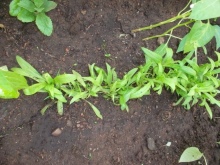
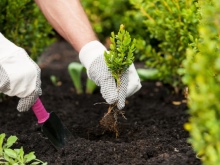

Follow-up care
The main aspect of growing phlox is not the correct planting of these plants, but precisely the subsequent care of the seedlings. In the first weeks after planting, young phloxes experience tremendous stress and need painstaking care.
Basic rules for caring for phlox sprouts.
- During adaptation (within the first two weeks after planting in open ground), the ground in the near-trunk circle near the plants must be loosened. This will allow moisture to reach the roots of the plant, and will also remove weed sprouts or destroy pest nests.
- Watering in the first weeks should be done at least once every 3 days. To prevent rapid evaporation of moisture near the plant, a layer of mulch should be created from peat, straw, pine needles or cut grass.
- After the first line of adaptation has been passed, the plant should be regularly hilled - this will create a strong and healthy root system.
- During dry periods, plants should be watered every 2-3 days with at least 2-3 liters for each phlox. Despite the fact that this garden culture does not like stagnation of moisture, it is not worth allowing the soil to completely dry out in the trunk circle, especially the formation of deep cracks. Watering should be done early in the morning or in the evening, so as not to harm the leaves of the plant and allow moisture to be absorbed into the soil.
- In order for phlox to acquire lush inflorescences, you need to fertilize them at least 3 times a season with the help of organic and mineral fertilizers. The first feeding should be carried out one month after planting the seedlings (usually they are fertilized with manure mixed with water). The second top dressing is carried out two weeks later - here fertilizers are added to the soil, which include superphosphate and potassium salt. The third feeding is carried out in a month - manure mixed with water is also used (25 grams per 2 liters of water).
- Do not forget to regularly remove weeds in the near-stem circle near the plant, and also be vigilant for the slightest signs of the appearance of any fungal diseases, viruses or pests. To combat the latter, any insecticidal agents against garden pests will be useful to you, and standard fungicides like Bordeaux mixture should help in the fight against fungal diseases.
- To preserve perennial phloxes during the winter season, a number of specific activities should be carried out. First of all, this plant should be cut in mid-October, leaving no more than 1-2 cm of the trunk, then loosen and treat the land around the bush with insecticidal agents. Then a layer of mulch is organized, and the plant itself is covered with spruce branches, brushwood or branches.
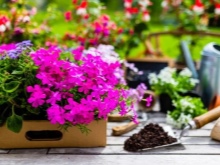
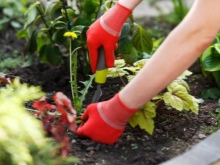
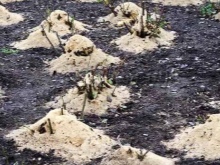
Recommendations
- To get brighter colors from plants, plant them in places with good access to the sun in the morning and evening hours, but without wind. After this plant blooms, it becomes a desirable place for the accumulation of pollinating insects, and a strong wind will drive them away and destroy the pollen. In addition, if you want the phlox bloom to be even more lush, immediately cut off the already wilted buds.
- Despite the fact that both organic matter and mineral fertilizers are used to fertilize phlox, the plants themselves are better suited to organic feeding. As already mentioned, manure mixed with water is often used to fertilize phlox. Here we are talking about settled and rotted manure. Fresh manure will literally destroy the roots and trunk of the plant in a couple of days.
- During the cleaning of the garden in the fall, the foliage should be collected in one heap and burned - this will kill all possible pests, as well as their larvae.
- Phloxes have rather strong and long stems and massive, lush inflorescences in the form of panicles, which can lean towards the ground under their own weight. To prevent this and protect the plant from strong gusts of wind, organize a solid support for them.







































































































The comment was sent successfully.